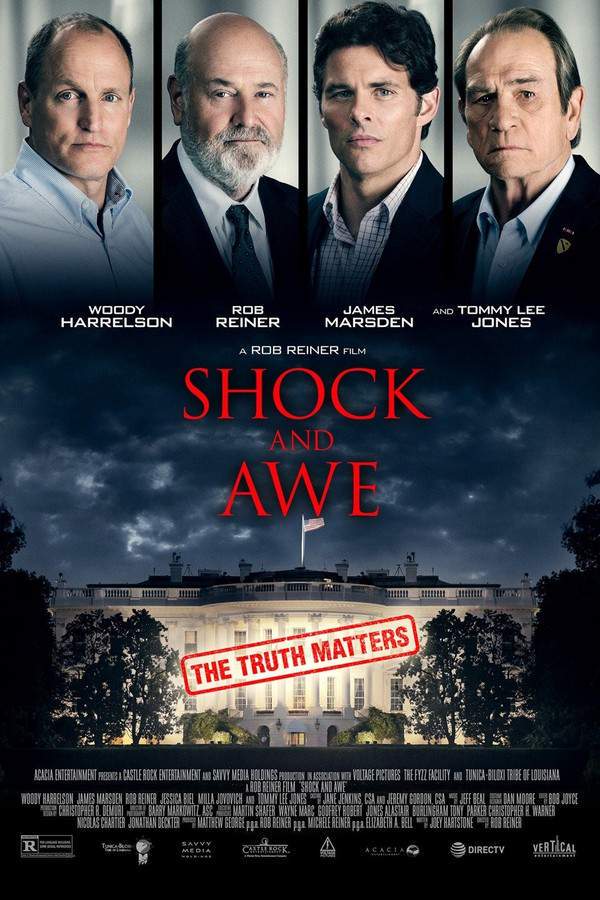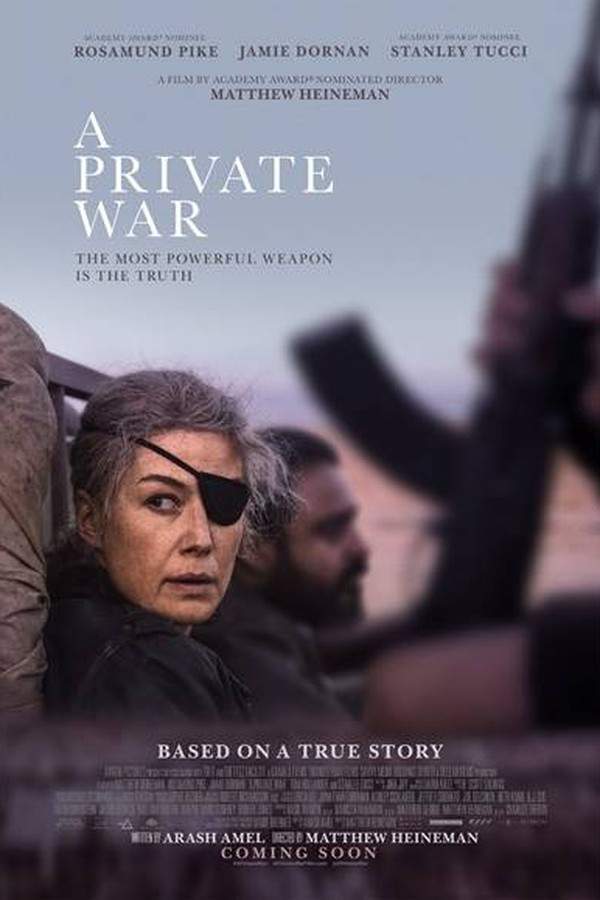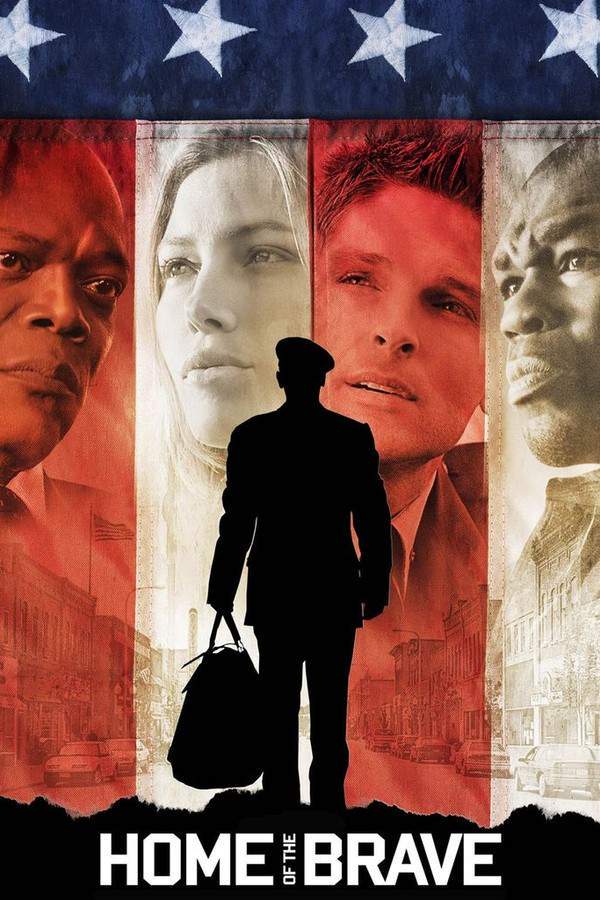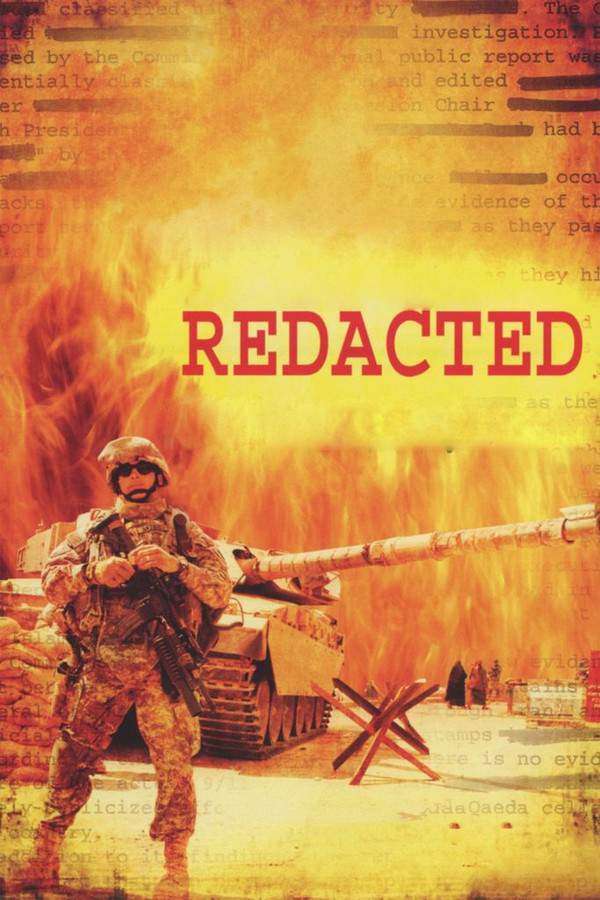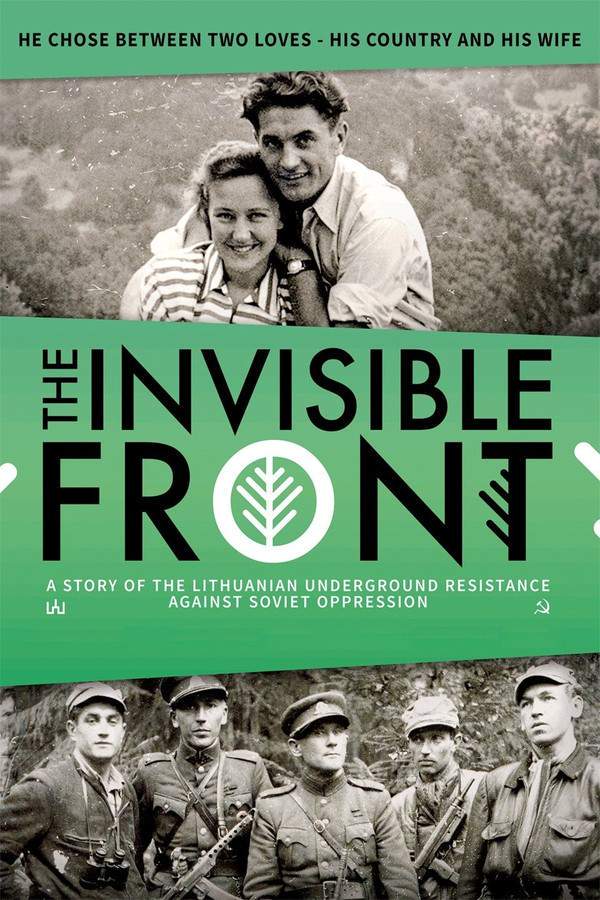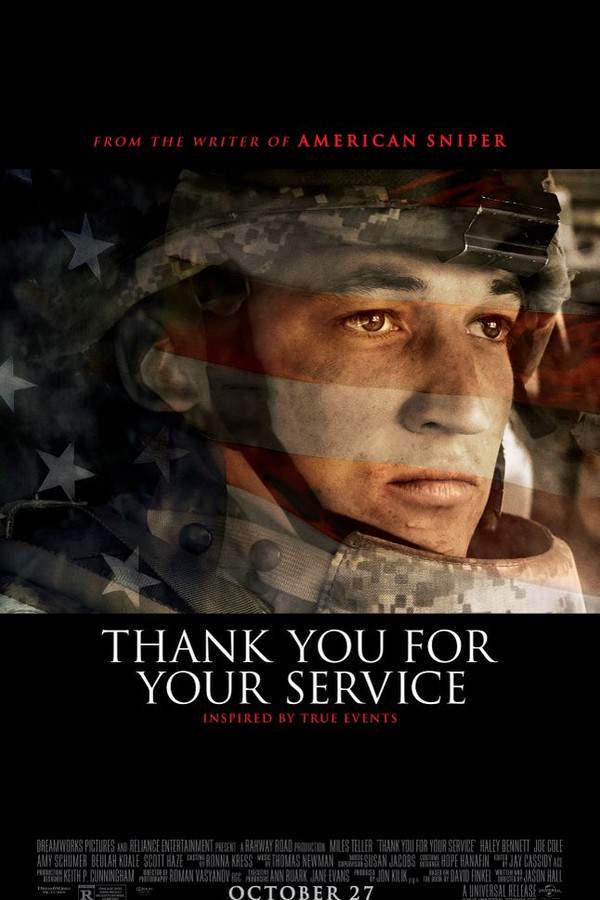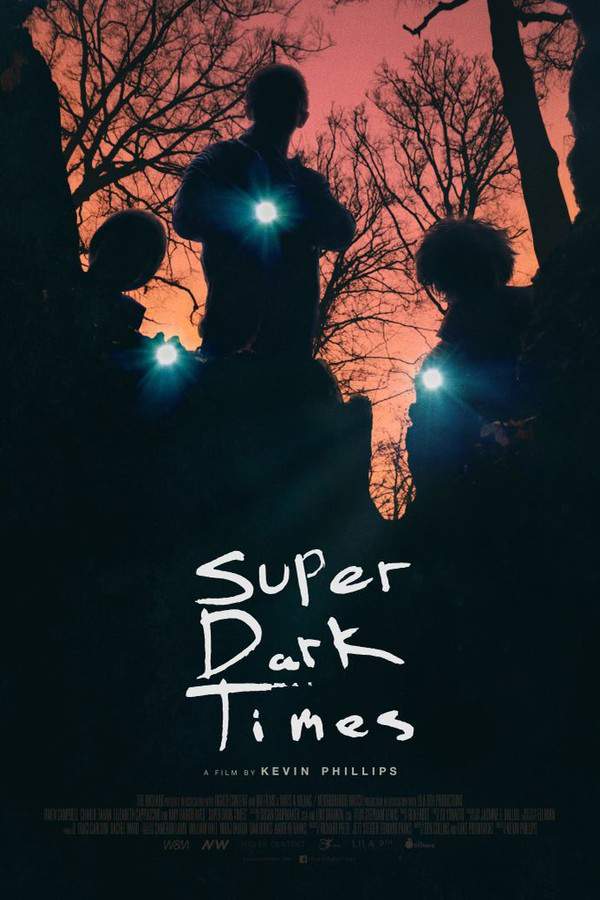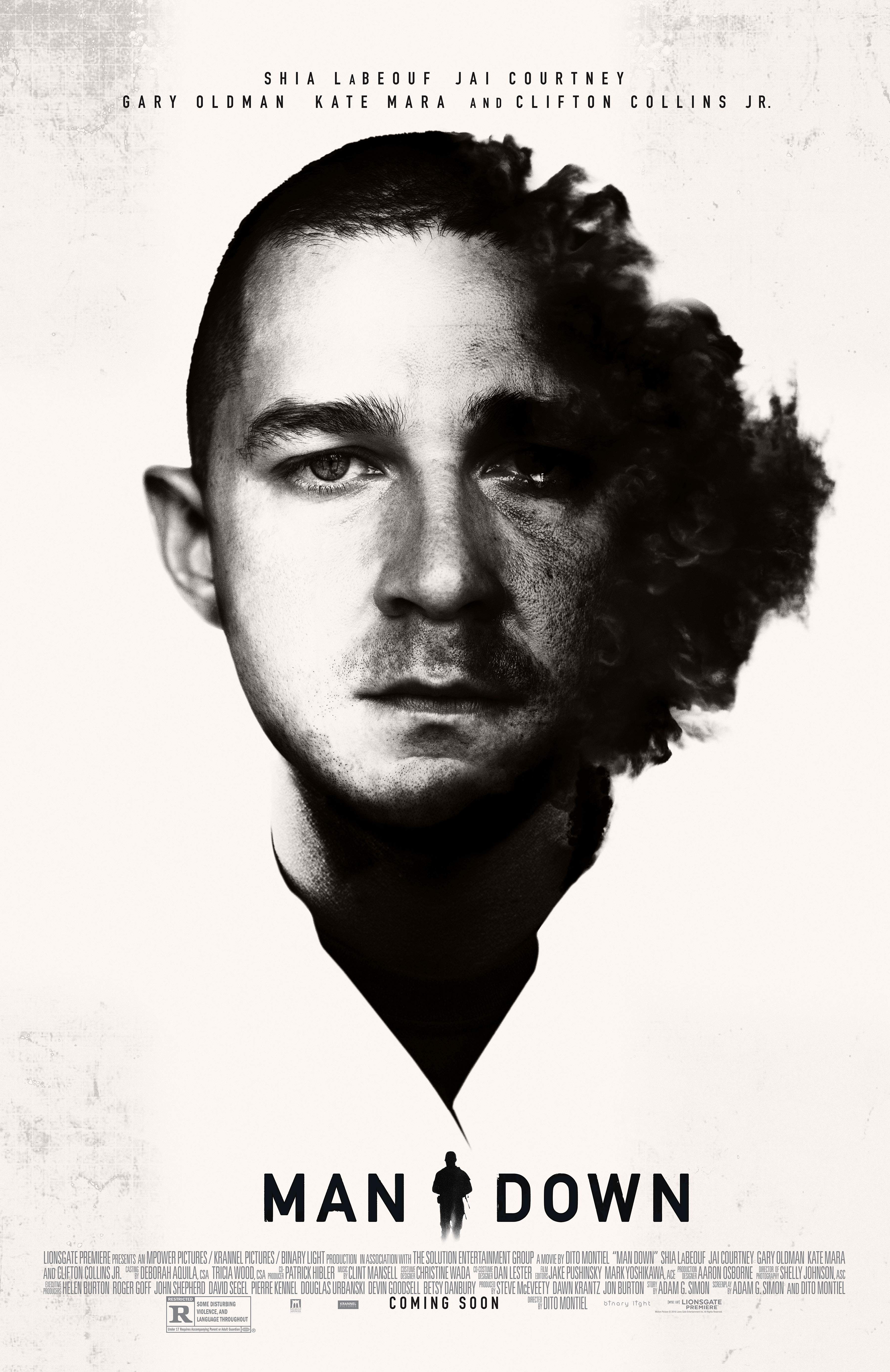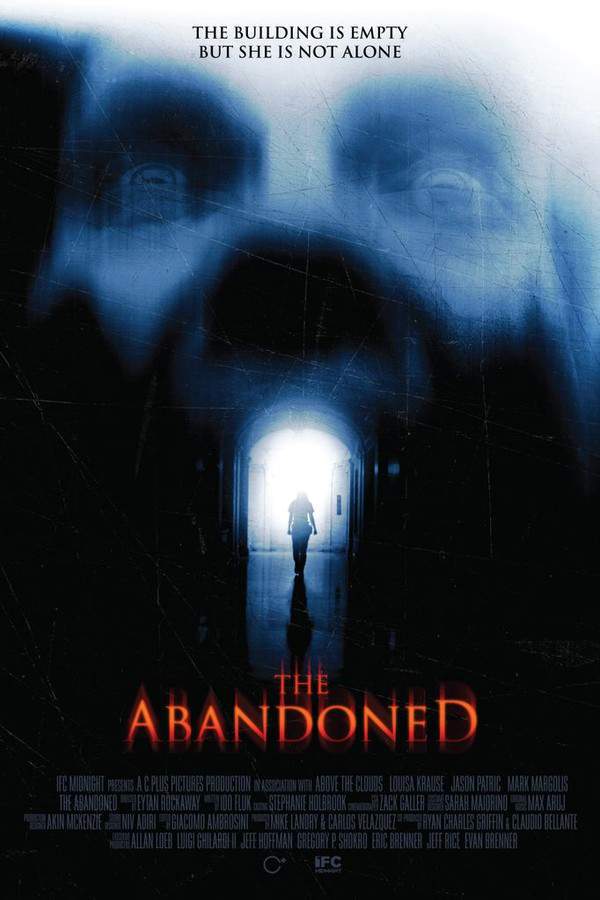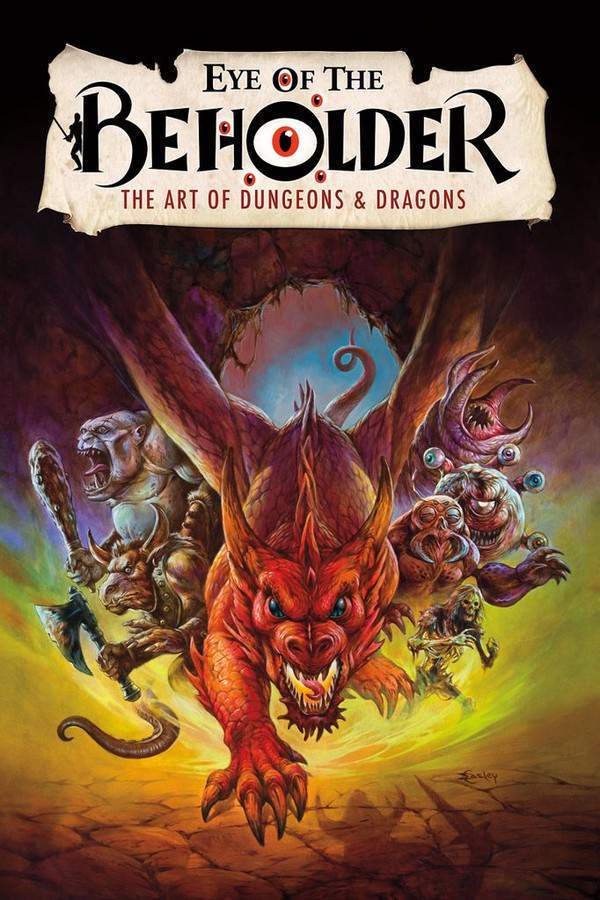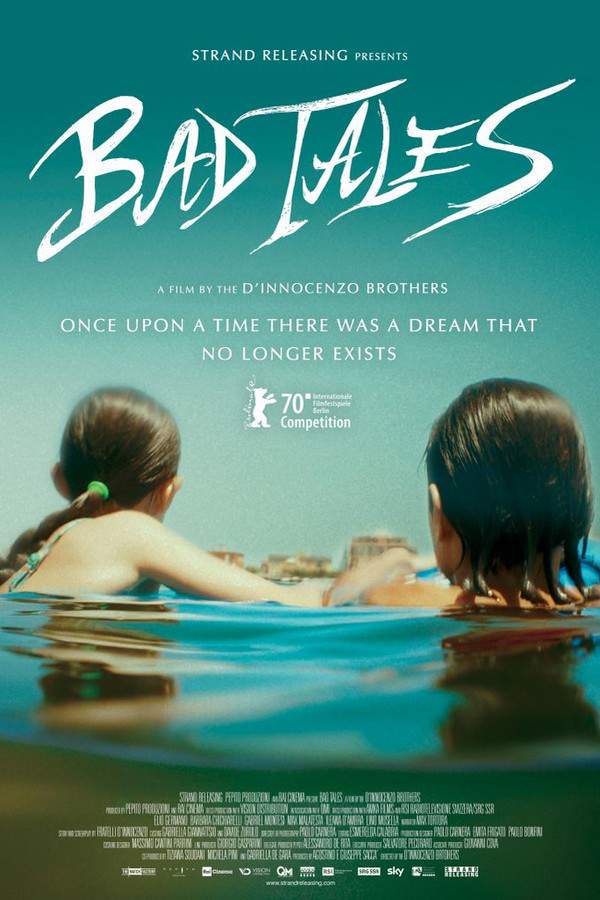
Only the Dead
Year: 2015
Runtime: 78 mins
Language: English
Director: Bill Guttentag
This is a powerful and unsettling look at war through the eyes of correspondent Michael Ware. Over seven years, Ware embedded with combat forces in Iraq, documenting the conflict’s brutal realities. The film follows his extraordinary journey into the heart of the Iraq War, exploring the psychological toll it takes on soldiers and civilians alike, and prompting a profound examination of the true nature of war and its impact on the human spirit.
Warning: spoilers below!
Haven’t seen Only the Dead yet? This summary contains major spoilers. Bookmark the page, watch the movie, and come back for the full breakdown. If you're ready, scroll on and relive the story!
Timeline – Only the Dead (2015)
Trace every key event in Only the Dead (2015) with our detailed, chronological timeline. Perfect for unpacking nonlinear stories, spotting hidden connections, and understanding how each scene builds toward the film’s climax. Whether you're revisiting or decoding for the first time, this timeline gives you the full picture.
Last Updated: October 03, 2025 at 06:46
Explore Movie Threads
Discover curated groups of movies connected by mood, themes, and story style. Browse collections built around emotion, atmosphere, and narrative focus to easily find films that match what you feel like watching right now.
Unflinching war documentaries like Only the Dead
Documentaries that embed you in the brutal, morally complex realities of conflict.If you were gripped by the raw, frontline perspective of Only the Dead, this collection features similar movies about war journalism. These documentaries immerse you in conflict zones with a steady, unflinching gaze, exploring the moral complexities and human cost of war through the eyes of those who document it.
Narrative Summary
The narrative typically follows a journalist or filmmaker as they embed with military units or civilian populations in a conflict zone. The journey is not one of heroism, but of witnessing and survival, often charting the correspondent's own psychological descent or moral awakening as they document escalating violence and complexity. The story unfolds chronologically, grounded in real-world events and their devastating consequences.
Why These Movies?
These films are grouped by their shared commitment to documentary realism and a confrontational tone. They prioritize authenticity over entertainment, resulting in a viewing experience that is consistently dark, intense, and psychologically harrowing. The pacing is steady, building a sense of grim inevitability rather than frantic action.
Stories about psychological toll like Only the Dead
Stories where immersion in a dark world fundamentally changes a person.For viewers who appreciated the deep character study of moral and psychological collapse in Only the Dead, this thread collects movies with similar arcs. These films focus on how extreme experiences—like war, crime, or survival—can irrevocably damage a person's psyche, leading to a sad or bleak conclusion.
Narrative Summary
The plot follows a protagonist—often a witness or participant like a journalist, soldier, or investigator—as they are drawn deeper into a dark, chaotic world. Their initial purpose or morality is steadily challenged and eroded by the relentless brutality they face. The narrative arc is a downward spiral, culminating in a conclusion where the character is left permanently scarred, disillusioned, or hollowed out, reflecting on what was lost in the process.
Why These Movies?
These movies are united by their focus on a heavy emotional weight and a dark tone centered on psychological unraveling. They share a steady pacing that allows the character's internal decay to feel inevitable and earned. The ending is consistently sad or bleak, confirming the narrative's tragic trajectory.
Unlock the Full Story of Only the Dead
Don't stop at just watching — explore Only the Dead in full detail. From the complete plot summary and scene-by-scene timeline to character breakdowns, thematic analysis, and a deep dive into the ending — every page helps you truly understand what Only the Dead is all about. Plus, discover what's next after the movie.
Only the Dead Summary
Read a complete plot summary of Only the Dead, including all key story points, character arcs, and turning points. This in-depth recap is ideal for understanding the narrative structure or reviewing what happened in the movie.

Characters, Settings & Themes in Only the Dead
Discover the characters, locations, and core themes that shape Only the Dead. Get insights into symbolic elements, setting significance, and deeper narrative meaning — ideal for thematic analysis and movie breakdowns.

Only the Dead Spoiler-Free Summary
Get a quick, spoiler-free overview of Only the Dead that covers the main plot points and key details without revealing any major twists or spoilers. Perfect for those who want to know what to expect before diving in.

More About Only the Dead
Visit What's After the Movie to explore more about Only the Dead: box office results, cast and crew info, production details, post-credit scenes, and external links — all in one place for movie fans and researchers.


